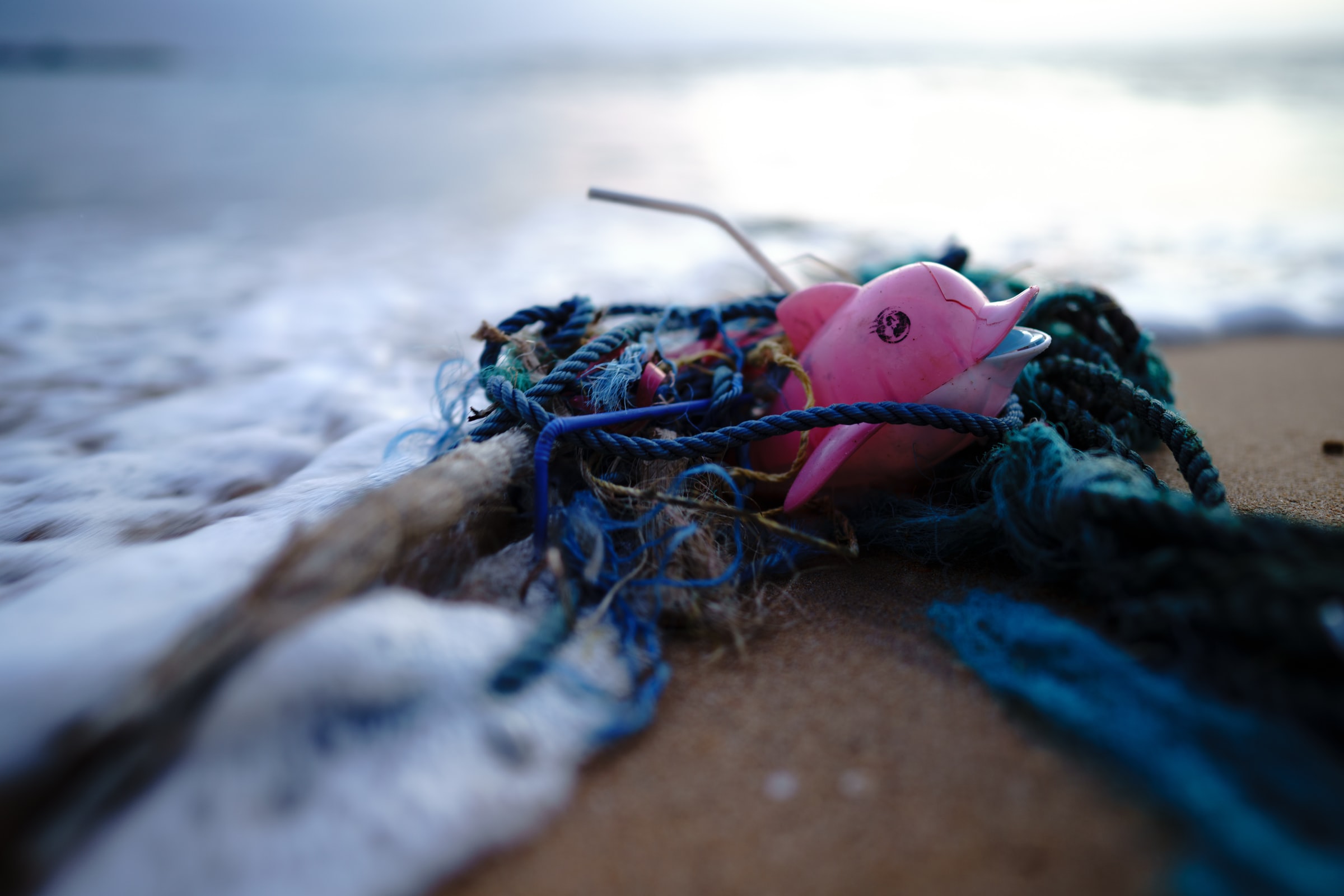A project started by a 24-year-old Dutch innovator, The Ocean Cleanup evolved into a giant sieve meant to filter the ocean, specifically the great pacific garbage patch, of junk and plastic, leaving the rest of the oceanic life intact. A great idea that needs to prove itself.
For one there’s the concern that it will do more harm than good, as the system is at best a giant sieve still (it wasn’t a sieve initially based on his 2012 TEDxDelft keynote) that can’t actively distinguish what’s trash and what’s not trash – it functions based on pre-determined and calculated movements – the man-made floating coastline will ride the waves, with the barrier creating resistance and forcing oceanic life to swim below its 3-meter deep barrier via the undercurrent, while trapping plastic in its impenetrable barrier.
It’s also fully powered by nature; wind, wave, current flow and human ingenuity. This should manage this 600-feet barrier sieve to do its job, along with sensors and GPS to track its progress and movement. At this point, I believe anything that has the buoyancy of plastic trash would be trapped since the cameras aren’t AI powered.
No one is saying that it’s a bad idea, like no one ever said that using disposable cups or one-time use plastic were a bad idea. With The Ocean Cleanup, it is down to statistics and best guess. Only time will tell if this system can cleanup 50% of the great garbage patch every 5 years.
Great move but I’m curious:
- How much garbage is coming to the great pacific garbage patch every 5 years?
- What’s the fault/threshold when it comes to marking The Ocean Cleanup safe/unsafe? Is it down to the number of oceanic life trapped (direct effect) or is it down to something more passive – I’m not an oceanic life expect but given an adult understanding of business and statistics – there’s a line to be drawn to know if this things works or not/
- If it works – great. If it doesn’t – what are the plans to mitigate and correct the mistakes and errors that the cleanup exercise has made?
- Why not deploy great sieve onto areas closer to land to catch trash that freshly arrived into the ocean which will increase the likelihood of capturing fresh trash that has higher recyclable rate and avoid sea life as suggested?
- Is this even cost-effective?
- How does this free-floating wind and water propelled system guide itself towards masses of floating plastic?
I’m not against this system, and neither am I condoning it but all I’m looking for is information to better understand its workings and effects from a layman, concerned citizen poin-of-view. I’m also glad The Ocean Cleanup’s group rep mentioned that the first system that will be deployed in a month’s from post publication is still marked as beta until all risks and uncertainties are mitigated (queue reverse-sin soundFX from CinemaSins)
I, however, have to agree with the author; if we really want to stop that, the best way is probably to cut it off at the source and reduce our use of plastic overall.
Source: Business Insider

